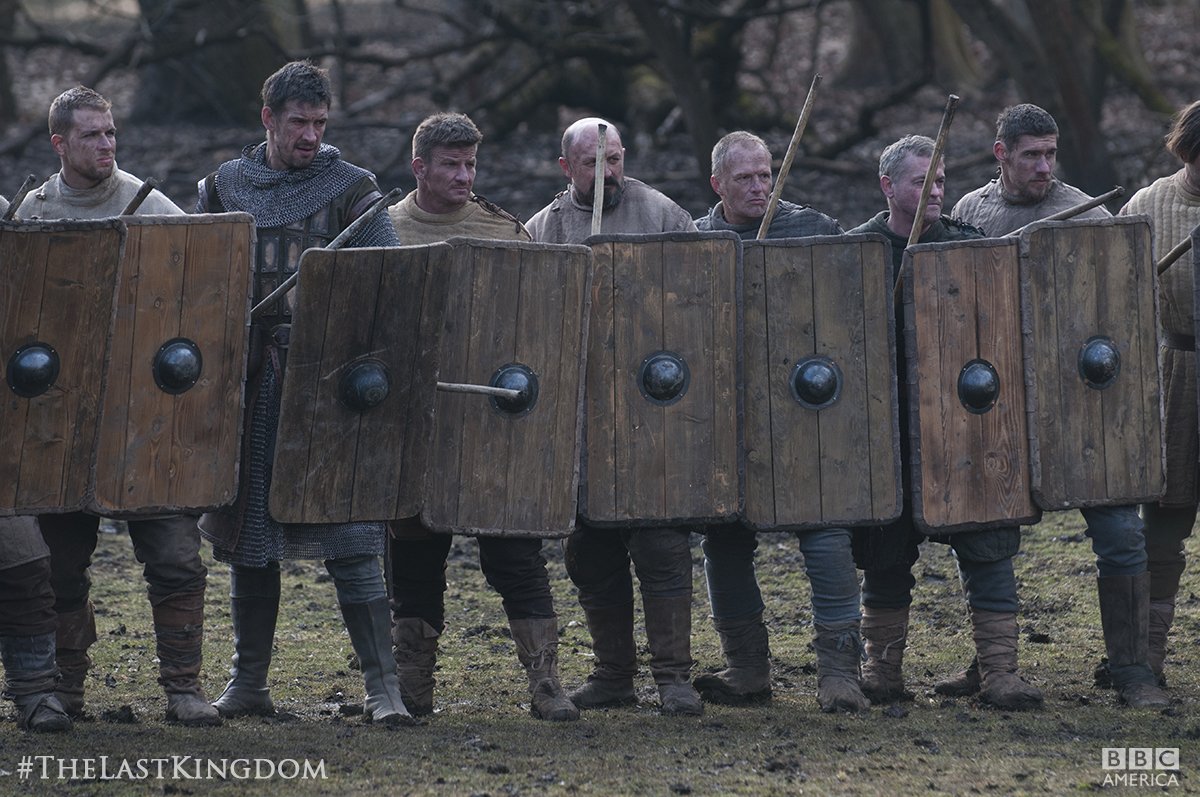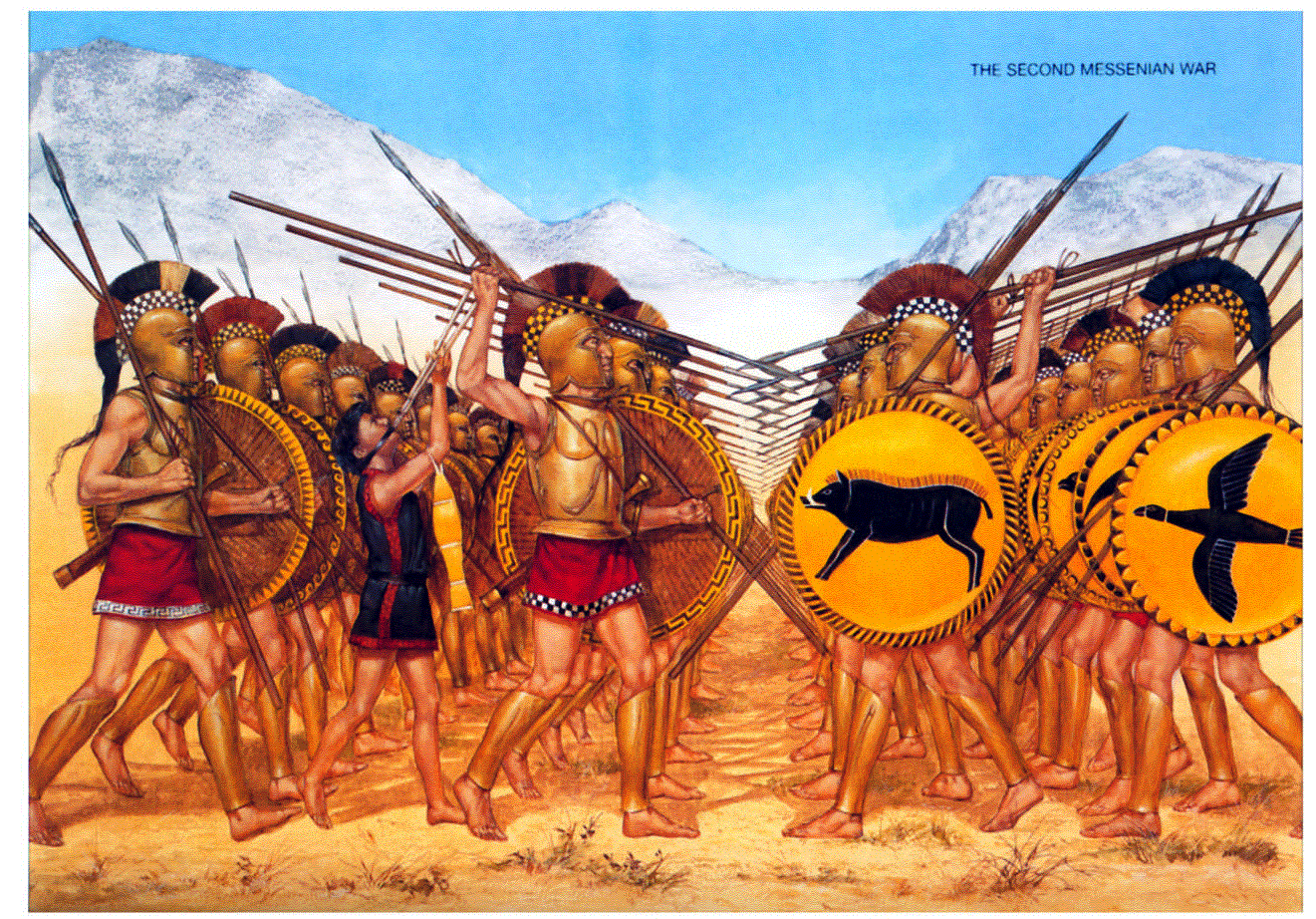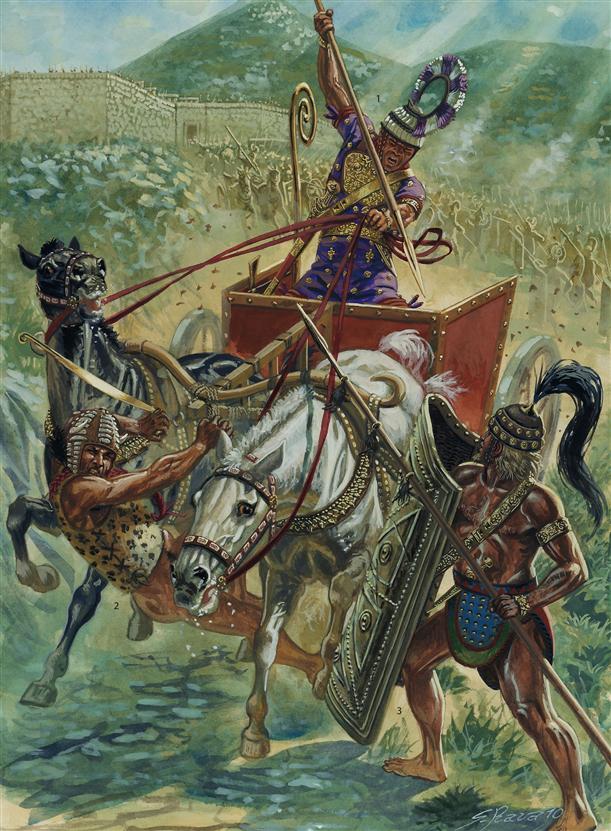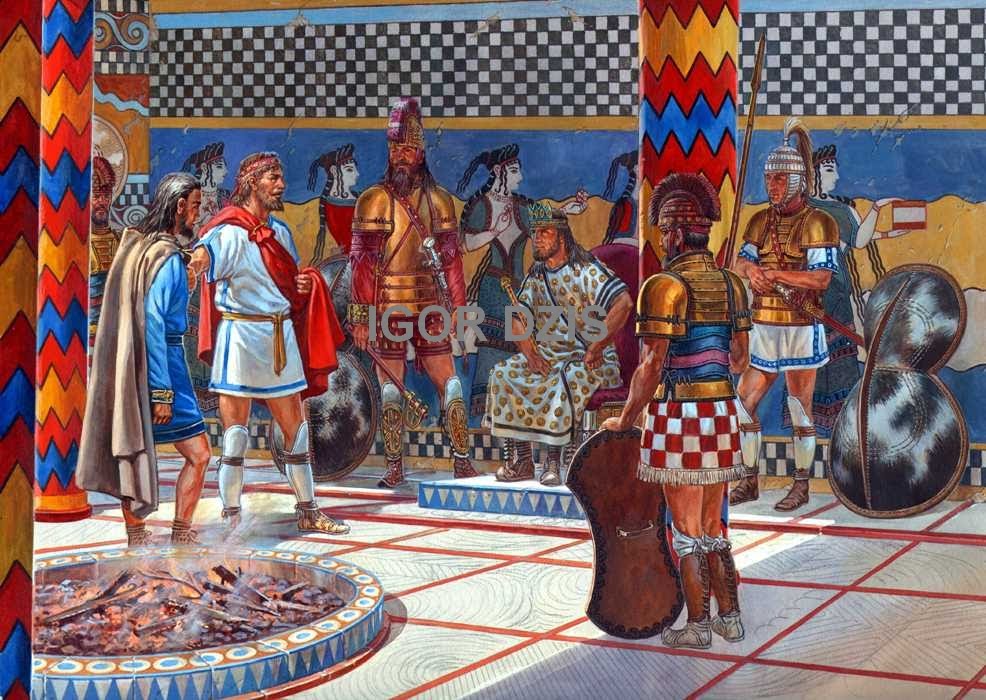Can anyone enlighten me as to how accurate it is?
Things like the Saxon rectangular shields, the elaborate shield wall and use of sharpened sticks etc in battle. I always thought Danes and Saxons would have been similarly equipped and similar fighting styles due to their origins?
Also, does anyone know how the battles were on a much smaller scale in comparison to Ancient battles? Is this just due to less exaggeration or something else?
Thanks in advance for any insight!


Things like the Saxon rectangular shields, the elaborate shield wall and use of sharpened sticks etc in battle. I always thought Danes and Saxons would have been similarly equipped and similar fighting styles due to their origins?
Also, does anyone know how the battles were on a much smaller scale in comparison to Ancient battles? Is this just due to less exaggeration or something else?
Thanks in advance for any insight!



























